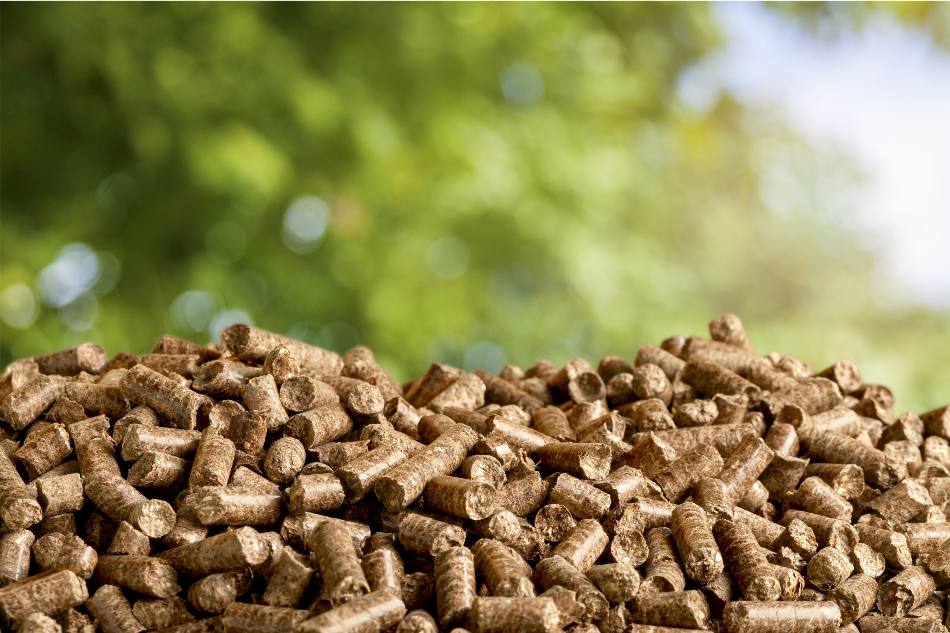Aug 31 2020

Image Credit: Shutterstock.com/ Billion Photos
Most fuels and chemicals produced now are derived from fossil petroleum. On the other hand, these materials can also be manufactured from sugars using microorganisms. Food wastage can be avoided by using inedible lignocellulose like wood for the task.
Lignocellulose is mainly comprised of many different non-water-soluble sugars. This renders it more challenging to transform it economically into chemicals by using just a single type of microorganism.
Microbial consortia are a potential option: particular microorganisms involve in a division of labor to carry out the different stages of conversion. But it has been very difficult to establish a steady, effective, and reproducible consortium.
Furthermore, in typical systems, only microorganisms that need congruent fermentation conditions (for instance, relating to oxygen or temperature) can be employed as part of a consortium, thus restricting the options for consortium composition.
At present, a study team headed by Michael Studer, professor of agricultural, forestry, and energy engineering at BFH-HAFL in Zollikofen, Switzerland, has created a process known as “lactate platform” wherein a consortium of up to four diverse microorganisms is utilized to transform lignocellulose into different chemicals. The process has been patented and published in the Science journal.
A fungus changes the carbohydrates into water-soluble sugar, lactic acid bacteria then yield lactic acid as a transitional product from the sugars, and supplementary bacteria change the lactic acid into the preferred end product, which in this case is propionic acid, butyric acid, caproic acid, or valeric acid.
To enable this process, the research group, including researchers at ETH Lausanne and Cambridge University, used a principle that generally occurs in nature, i.e., spatial organization into what is termed a biofilm—a slimy layer made up of microorganisms—in which various locations exhibit varied conditions, each of which is ideal for its resident microorganisms.
The researchers created an exclusive biofilm reactor that would enable the creation of an aerobic niche (for the fungus) in an otherwise anaerobic surrounding (for the bacteria).
The results we achieved with the lactate platform demonstrate the advantages of artificial mixed cultures, such as their versatility and easy customizability. The technology complements the existing toolkit for the successful development of effective communities of microorganisms for a wide range of other novel applications.
Michael Studer, Professor of Agricultural, Forestry, and Energy Engineering, School of Agricultural, Forest and Food Sciences, Bern University of Applied Sciences
Journal Reference:
Shahab, R. L., et al. (2020) A heterogeneous microbial consortium producing short-chain fatty acids from lignocellulose. Science. doi.org/10.1126/science.abb1214.